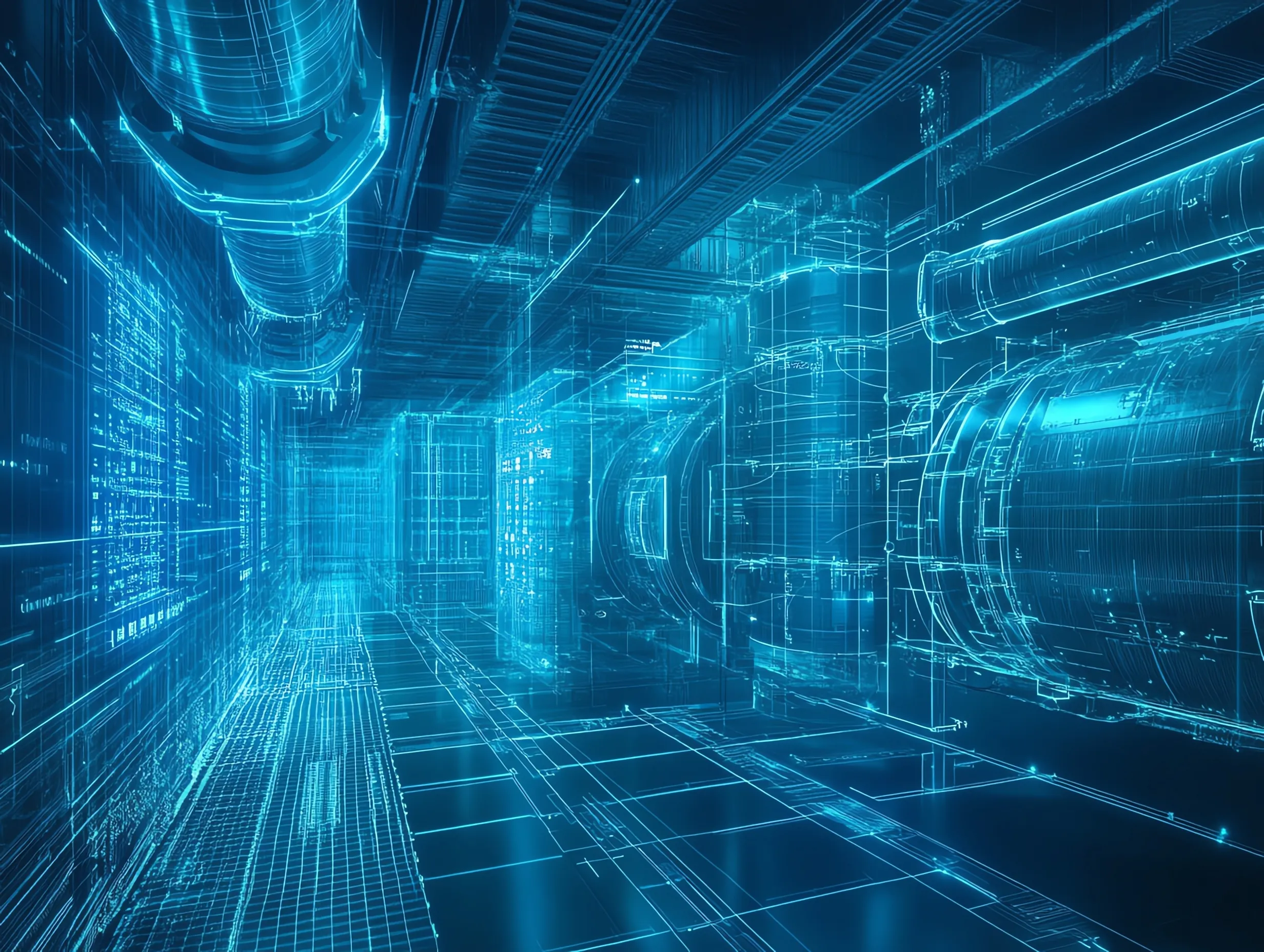Data Center Cooling Trends for 202517 min read

Data center cooling has never been so cool (pun intended). Those developing chips, designing data centers, and strategizing the AI revolution have realized that cooling efficiency and effectiveness is the key to lowering power demands. Hence, this is a vibrant area of research and development.
The AFCOM State of the Data Center Report 2025 laid out a series of statistics and trends concerning cooling. AI, of course, is disrupting the marketplace and cooling is just one of many areas being turned on its head by the requirements of AI in data centers. According to the latest report, 34% of data centers said their current cooling solutions are inadequate. 21% are actively looking for a better approach to cooling.
Liquid Cooling Growing – But Not as Fast as Expected
Liquid cooling is the talk of the data center town. The news media is full of stories about the power demands of AI and the need for liquid cooling. But market adoption is taking a while to catch up with the hype. Surprisingly, only 19% of respondents (up from 17% last year) have implemented liquid cooling in their facilities. 36% plan to adopt it within one to two years (up from 32% last year). Those adoption numbers may be optimistic. 47% of users cite integration complexity and 41% are concerned about costs. Further, 31% are worried about lack of technical expertise and as many as 26% are doubtful of the long term benefits of liquid cooling.
RDHx/Air-Assisted Cooling Dominates
The numbers cited above cover all forms of liquid cooling. In most cases, data centers are looking at deploying a limited quantity of liquid cooling, cherry picking those forms that are easiest to implement. Hence, the highest level of interest is in rear door heat exchangers (RDHx) followed by direct-to-chip (DTC) cooling.
RDHx can operate in a couple of different ways. Air cooling of servers requires cool facility water to be pumped through the RDHx while room air is pulled through the cabinet via fans. Heat is collected as air passes through the servers then that heat is transferred to the coolant inside the heat exchanger and sent out to the facility’s chilled water source. For example, the Motivair ChilledDoor rack cooling system is mounted to the back of any standard server rack. It has a cooling capacity of up to 75 kW.
Alternatively, air-assisted liquid cooling is emerging in some data centers who use RDHx with direct liquid cooled (DLC) servers. These RDHx units often function as part of a custom water-cooled loop. Coolant is pumped through the chip to the heat exchanger and back to the coolant distribution unit (CDU).
According to the AFCOM State of the Data Center Report, 29% of data centers are currently implementing RDHx in one form or another. 26% are planning to within a year, 11% plan to within three years and 33% have no plans at all. Companies like Meta and Digital Realty are among those in the forefront of RDHx deployments.
DTC is also of interest to data centers as they can bring in a smaller amount of plumbing to bring coolant to specific servers and chips. This allows them to start small and scale up once their confidence grows. Immersion cooling systems still get attention, but their implementation requires a complete redesign of the data center in most cases. Most companies don’t have deep enough pockets to engage in it until it is proven in the market. Expect the big boys like the hyperscalers and the largest colocation chains to experiment with it and move it through the necessary steps of readying immersion cooling for prime time.
Prefabricated Cooling Modules
The AFCOM report explored which components data centers plan to prefabricate and deliver in new data centers. 83% of survey respondents indicated they planned to deploy prefabricated cooling modules, an increase from 72% the previous year. It could be inferred from this statistic, then, that groundbreaking liquid cooling technology in prefabricated configurations will lead the way and that new data centers will be its proving ground. Existing facilities may implement it piecemeal but the return on investment on broad adoption may not be there yet in many cases.
Cooling Innovation
AI’s energy demands are generating innovation in cooling. Here are just a couple of recent examples:
- Shumate Engineering has designed a Hybrid Abiatic Fluid Cooler that uses half the energy and 97% less water than traditional AI data centers
- Phononic’s solid-state approach to cooling that eliminates the need for liquid while delivering scalable and sustainable thermal management. Its thermoelectric cooling solutions provide efficient heat removal without the infrastructure overhaul required for liquid cooling.
Supporting Liquid Cooling with Air Cooling Efficiency
The future looks bright in the world of data center cooling. The advances in liquid cooling and the level of innovation that is emerging means data centers are about to get a lot better at keeping things cool. However, it will be important to maintain best practices in airflow management, as most facilities will adopt a hybrid cooling infrastructure that utilizes both liquid and air cooling methods.
The industry's easiest to install containment!
AisleLok® solutions are designed to enhance airflow management,
improve cooling efficiency and reduce energy costs.
The industry's easiest to install containment!
AisleLok® solutions are designed to enhance airflow management,
improve cooling efficiency and reduce energy costs.

Drew Robb
Writing and Editing Consultant and Contractor
0 Comments